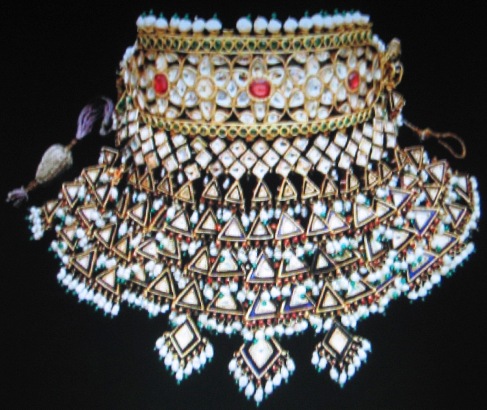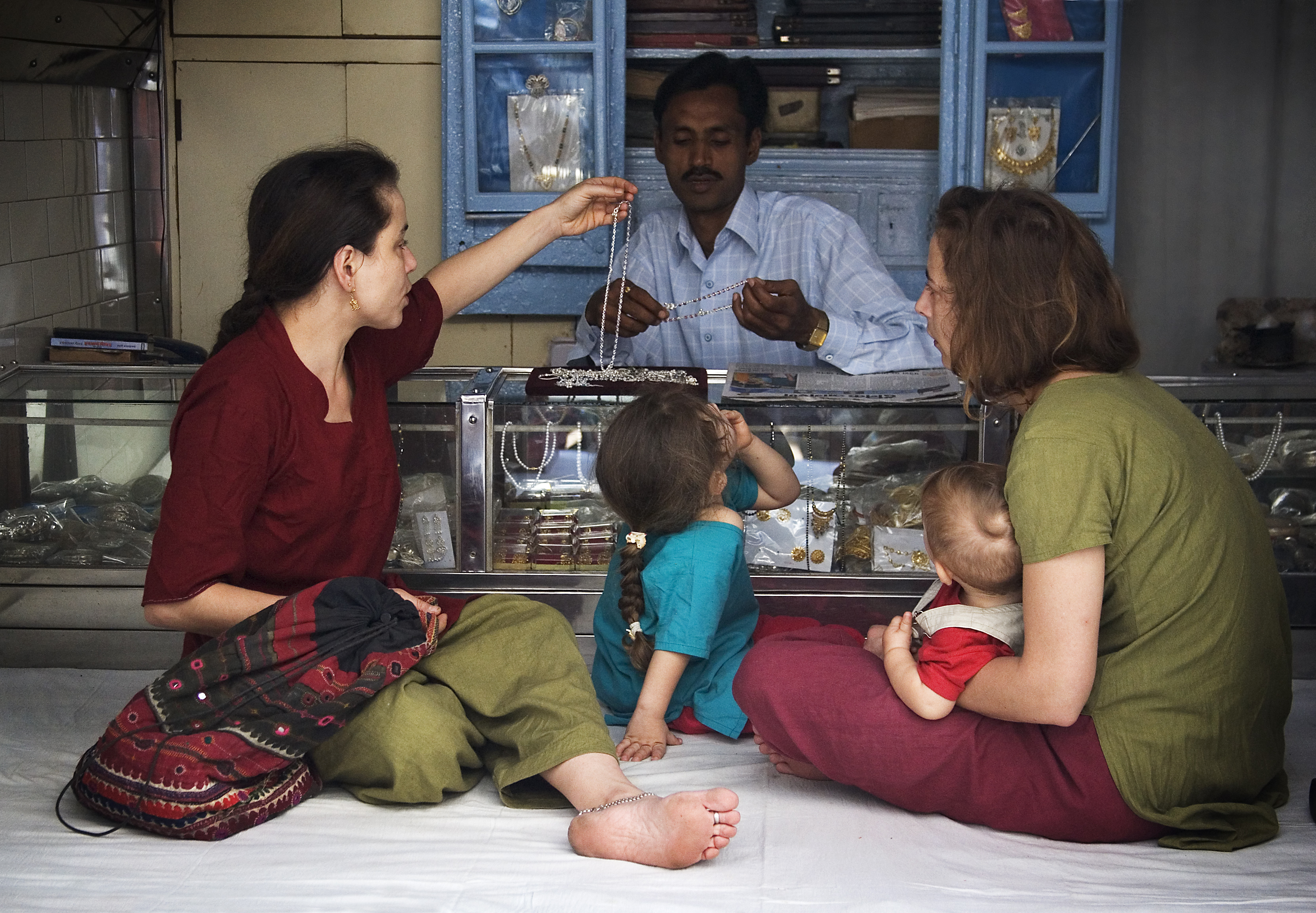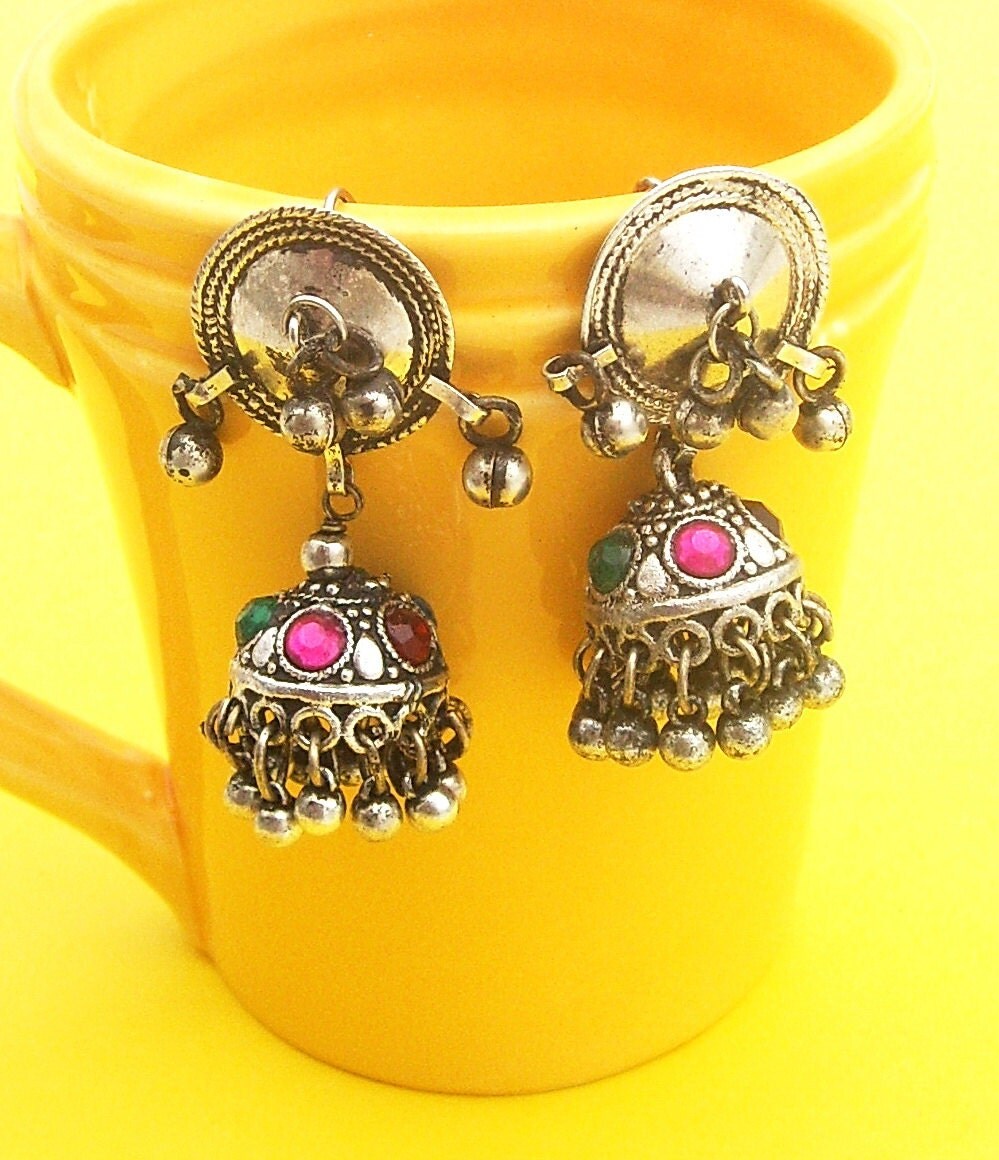Indian Jewelry Supply Biography
Source(google.com.pk)Native jewelry styles were different in every American Indian tribe, but the differences were less marked than with other arts and crafts, because traditional Indian jewelry and the materials used for making it (beads, shells, copper and silver, ivory, amber, turquoise and other stones) were major trade items long before European arrival in America. After colonization, Native American jewelry-making traditions remained strong, incorporating, rather than being replaced by, new jewelry materials and techniques such as glass beads and more advanced metalworking techniques.
here are two very general categories of Native American jewelry: metalwork, and beadwork. Before Europeans came native metalwork was fairly simple, consisting primarily of hammering and etching copper into pendants or earrings and fashioning copper and silver into beads. After Navajo, Hopi and Pueblo artists learned silversmithing from the Spanish in the 1800's, metal jewelry arts blossomed in the Southwest, and distinctive native jewelry like the squash blossom necklace, Hopi silver overlay bracelets, and Navajo turquoise inlay rings developed from the fusion of the new techniques with traditional designs. Native beadwork jewelry, on the other hand, was already extremely advanced in pre-Columbian times, including the fine grinding of turquoise, coral, and shell beads into smooth heishi necklaces, the delicate carving of individual wood and bone beads, the soaking and piecing of porcupine quills, and the intricate stitching of thousands of beads together. Porcupine quillwork has nearly died out (though some young artists are taking a renewed interest in it) but all of these other forms of beaded Indian jewelry are still going strong today. You can see our Native American beadwork page for more information and pictures about different beading arts.
If you are looking to buy jewelry that was actually made by Native Americans--either because it's important to you to have the real thing or because you want to support native people with your purchase--then here is our list of American Indian artists whose handmade jewelry is available online. If you have a website of native jewelry to add to this list, let us know. We gladly advertise any individual native jewelry artist or native-owned jewelry store here free of charge, provided that all jewelry is made by tribally recognized American Indian, Inuit, or First Nations artists.
Thank you for your interest in Native American jewelry!
Native American Jewelry Stores
On our main site we do our best to avoid slowing down our page loading with graphics, but this page is about art, so we'd really be remiss in not showing a few representative jewelry pictures. All photos are the property of their respective artists; please visit their sites to see their work in more depth. Be aware that all traditional Native American jewelry, including all the work on this page, is handmade, so it is going to be priced accordingly. If you are shopping for real Indian jewelry but find most of it too expensive, try looking at the earrings--those are often an affordable alternative to the larger pieces while still being authentic.
Southwest Indian Jewelry
The most impressive history of traditional jewelry-making in North America belongs to the Navajo, Hopi, Zuni, and other Pueblo artisans who worked native silver and semiprecious stones into distinctive inlay and overlay designs. Southwestern Native American jewelry art remains a strong and vibrant tradition today, and their artwork is prized both tribally and internationally. There is also a thriving trade among collectors for something called "old pawn" or "dead pawn" Indian jewelry. Basically this is antique Native American jewelry which was pawned by Navajo and other Southwest Indians in such desperate financial straits that they were never able to reclaim them, or else taken away from Indian families by debt collectors, or, as is sometimes the case with pawned goods, dumped off there by thieves. Frankly, I'm very uncomfortable with dead pawn jewelry; though modern dealers haven't done anything wrong, most of the pawn jewelry was originally acquired through trickery, usury, thievery, extortion, or, in the very best scenario, acquired honestly from Indians suffering from such extreme poverty or alcohol addiction that they sold the only thing they had left of value, their mother's jewelry. Well, this is not jewelry in a positive spiritual state, and buying it will not honor or pass even one dollar along to the artist's descendants or any other native person. Why not buy some of the beautiful jewelry made by the many talented Southwest Indian artists still working today, instead? Here are some good places to buy fine Southwest Native American jewelry, guilt-free, and support the ongoing Indian jewelry-making tradition with your purchase.
Indian Jewelry Supply Indian Jewelry Sets Bangles Rings Box Designs Band Designs Lates Gold Earnings Designs Ads Photos Images Pics


Indian Jewelry Supply Indian Jewelry Sets Bangles Rings Box Designs Band Designs Lates Gold Earnings Designs Ads Photos Images Pics


Indian Jewelry Supply Indian Jewelry Sets Bangles Rings Box Designs Band Designs Lates Gold Earnings Designs Ads Photos Images Pics

Indian Jewelry Supply Indian Jewelry Sets Bangles Rings Box Designs Band Designs Lates Gold Earnings Designs Ads Photos Images Pics


Indian Jewelry Supply Indian Jewelry Sets Bangles Rings Box Designs Band Designs Lates Gold Earnings Designs Ads Photos Images Pics


Indian Jewelry Supply Indian Jewelry Sets Bangles Rings Box Designs Band Designs Lates Gold Earnings Designs Ads Photos Images Pics


Indian Jewelry Supply Indian Jewelry Sets Bangles Rings Box Designs Band Designs Lates Gold Earnings Designs Ads Photos Images Pics


Indian Jewelry Supply Indian Jewelry Sets Bangles Rings Box Designs Band Designs Lates Gold Earnings Designs Ads Photos Images Pics


Indian Jewelry Supply Indian Jewelry Sets Bangles Rings Box Designs Band Designs Lates Gold Earnings Designs Ads Photos Images Pics


Indian Jewelry Supply Indian Jewelry Sets Bangles Rings Box Designs Band Designs Lates Gold Earnings Designs Ads Photos Images Pics


No comments:
Post a Comment